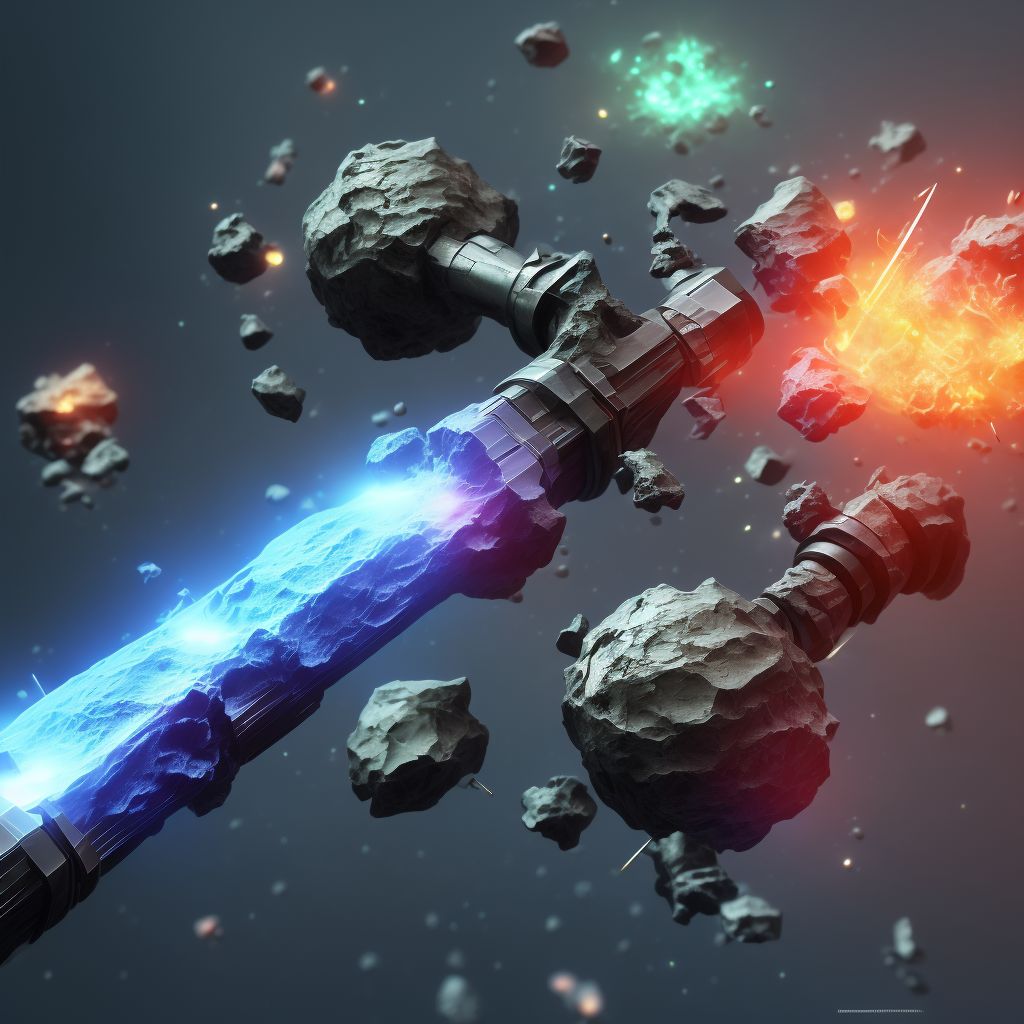
Displaced transverse fracture of shaft of left fibula, subsequent encounter for closed fracture with malunion Save
ICD-10 code: S82.422P
Disease category: S82.422: Displaced transverse fracture of shaft of left fibula
Displaced Transverse Fracture of Shaft of Left Fibula, Subsequent Encounter for Closed Fracture with Malunion
When it comes to bone fractures, one type that requires attention is the displaced transverse fracture of the shaft of the left fibula. This particular fracture occurs when the left fibula bone breaks horizontally, causing misalignment. In some cases, improper healing can lead to a malunion, where the bone heals in a position that is not anatomically correct.
Fractures of the fibula can happen due to various reasons, including sports injuries, falls, or accidents. The severity of the fracture and subsequent malunion can vary, depending on the force applied and the exact location of the break. It is crucial to seek medical attention for proper diagnosis and management.
During the subsequent encounter for a closed fracture with malunion, healthcare professionals focus on assessing the patient's condition and determining the best course of action. This may involve conducting physical examinations, reviewing medical history, and performing imaging tests to evaluate the extent of the malunion.
Patients with a displaced transverse fracture of the shaft of the left fibula may experience symptoms such as pain, swelling, difficulty walking, or a noticeable deformity in the leg. The subsequent encounter allows healthcare providers to address these concerns and devise an appropriate treatment plan.
- Diagnosis: Accurate diagnosis is essential in determining the severity of the malunion and planning the appropriate treatment approach.
- Monitoring: Regular follow-up appointments are necessary to monitor the progress of the malunion and ensure any potential complications are addressed promptly.
- Rehabilitation: Physical therapy and rehabilitation exercises may be recommended to improve strength, flexibility, and range of motion in the affected leg.
It's important to note that treatment options for a displaced transverse fracture of the shaft of the left fibula with malunion may vary depending on the patient's individual circumstances. Consulting with a qualified healthcare professional is crucial to receive personalized care and appropriate guidance.
In conclusion, a displaced transverse fracture of the shaft of the left fibula resulting in malunion requires proper medical attention and subsequent encounters. By seeking timely treatment and following a tailored management plan, patients can work towards recovery and regain optimal functionality in their leg.
Treatment of Displaced transverse fracture of shaft of left fibula, subsequent encounter for closed fracture with malunion:
Treatment Options for Displaced Transverse Fracture of Shaft of Left Fibula: Subsequent Encounter for Closed Fracture with Malunion
A displaced transverse fracture of the shaft of the left fibula can be a challenging injury that requires proper treatment to ensure optimal healing and reduce long-term complications. When a fracture heals in an abnormal position or alignment, it is r...
To see full information about treatment please Sign up or Log in